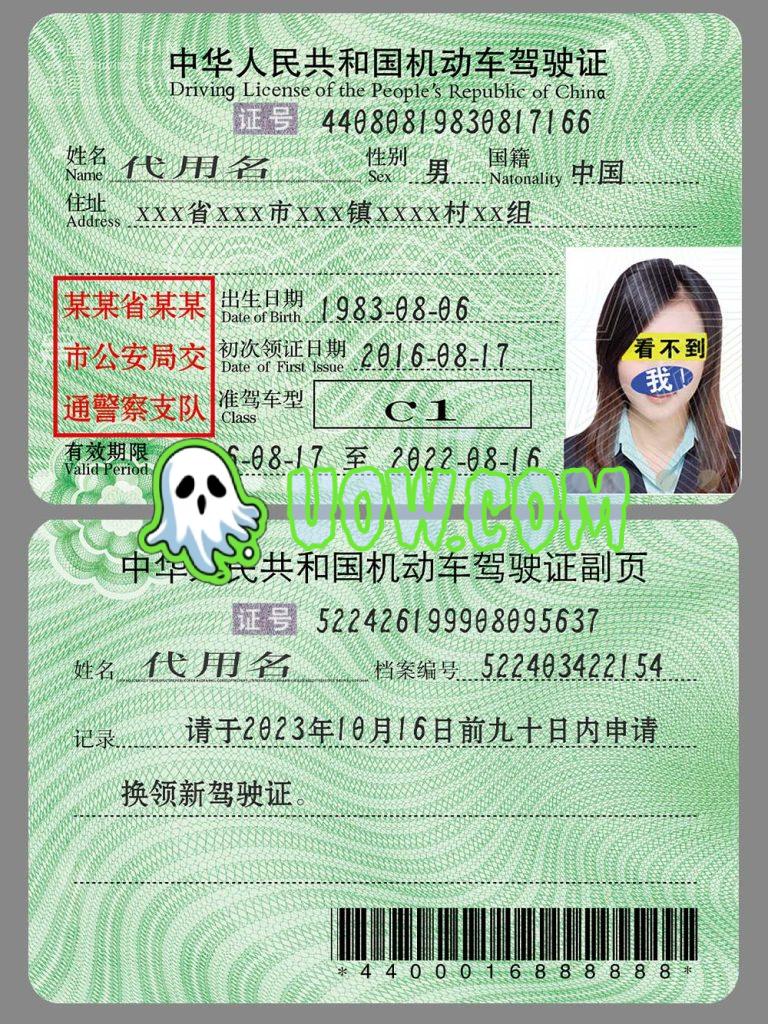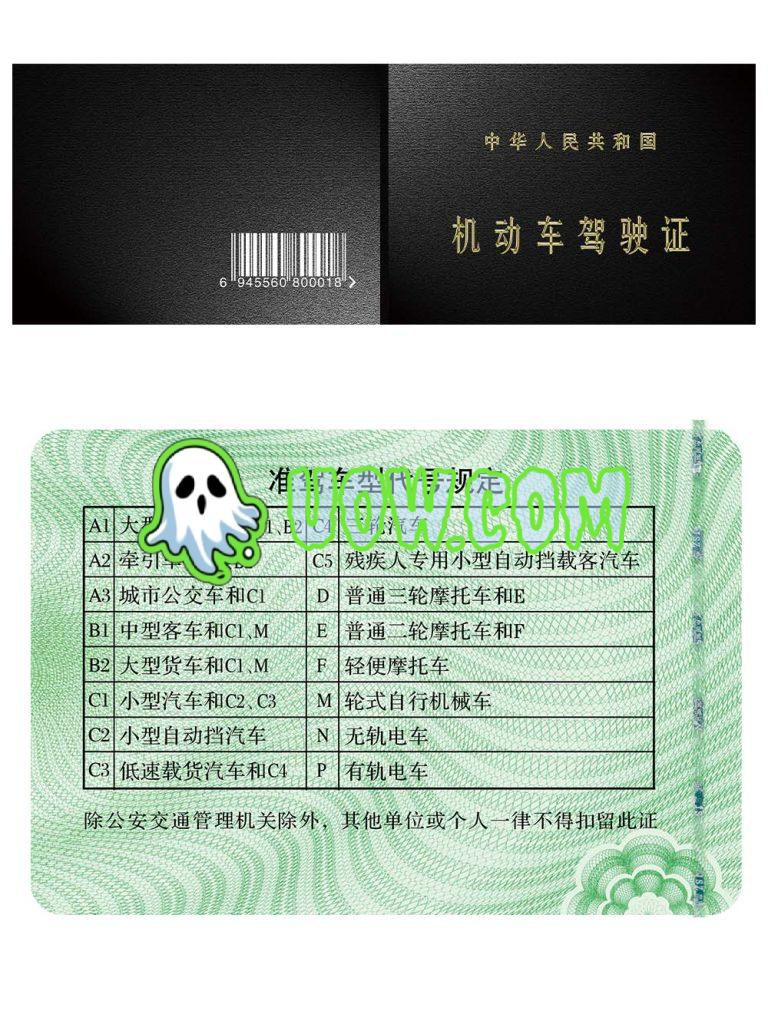

The driver’s license and vehicle registration certificate serve distinct purposes in the context of driving and vehicle ownership, though both are essential for legal operation of a vehicle on public roads. Below is a clear comparison to distinguish their roles, features, and uses, based on the provided descriptions and general knowledge:
1. Purpose
- Driver’s License:
- Authorizes an individual to legally operate a motor vehicle on public roads.
- Confirms the holder has met qualifications (e.g., passing driving tests, meeting age and health requirements).
- Focuses on the driver’s eligibility to operate specific vehicle types.
- Vehicle Registration Certificate:
- Proves ownership and legal registration of a specific vehicle with government authorities.
- Ensures the vehicle complies with legal and safety standards for road use.
- Focuses on the vehicle’s eligibility to be driven on public roads.
2. Content
- Driver’s License:
- Personal Information:
- Full name
- Date of birth
- Photograph
- Address (in some jurisdictions)
- License number
- Signature
- Driving Details:
- Vehicle categories (e.g., Class A for motorcycles, Class B for cars, Class C for commercial vehicles)
- Issue and expiration dates
- Restrictions or endorsements (e.g., corrective lenses, automatic transmission only)
- Security Features: Anti-counterfeiting measures like holograms, microtext, or chips.
- Personal Information:
- Vehicle Registration Certificate:
- Vehicle Information:
- Make, model, and year of manufacture
- Vehicle Identification Number (VIN) or chassis number
- Engine number
- Registration number (license plate number)
- Vehicle type (e.g., sedan, truck)
- Owner Information:
- Name and address of the registered owner
- Registration Details:
- Issue and expiration dates
- Registration authority
- Compliance details (e.g., emissions or safety certifications)
- Security Features: May include watermarks, barcodes, or official seals.
- Vehicle Information:
3. Issuing Authority
- Driver’s License:
- Issued by a government agency responsible for driver licensing, such as:
- USA: Department of Motor Vehicles (DMV) or equivalent state agency.
- Canada: Provincial authorities (e.g., Ontario Ministry of Transportation).
- UK: Driver and Vehicle Licensing Agency (DVLA).
- Ukraine: Ministry of Internal Affairs Service Centers (as noted in prior context).
- Issued by a government agency responsible for driver licensing, such as:
- Vehicle Registration Certificate:
- Issued by a government agency overseeing vehicle registration, often the same or a related authority, such as:
- USA: State DMV or equivalent.
- Canada: Provincial vehicle registries.
- UK: DVLA.
- Ukraine: Ministry of Internal Affairs or regional registration offices.
- Issued by a government agency overseeing vehicle registration, often the same or a related authority, such as:
4. Legal Requirements
- Driver’s License:
- Required for anyone operating a motor vehicle on public roads.
- Must be carried by the driver at all times while driving.
- Subject to renewal (e.g., every 5-10 years, depending on jurisdiction) and may require re-testing or health checks.
- Vehicle Registration Certificate:
- Required for any vehicle operated on public roads to prove it is legally registered.
- Must be kept in the vehicle or readily accessible (requirements vary by jurisdiction).
- Subject to annual renewal in many regions, often tied to taxes, emissions tests, or safety inspections.
5. Use Cases
- Driver’s License:
- Primary Use: Proves the driver’s legal authority to operate a vehicle.
- Other Uses:
- Identity verification (e.g., for banking, travel, or age confirmation).
- Required for traffic stops or accident reporting.
- Used internationally with an International Driving Permit (IDP) in countries like Ukraine (as noted in prior context).
- Vehicle Registration Certificate:
- Primary Use: Proves vehicle ownership and compliance with road regulations.
- Other Uses:
- Required for vehicle sales, transfers, or insurance claims.
- Used in traffic stops to verify vehicle legality.
- May serve as proof of address in some jurisdictions (similar to utility bills or invoices like +GF+ Buy Pipe Shopping Invoice).
6. Key Differences
| Aspect | Driver’s License | Vehicle Registration Certificate |
|---|---|---|
| Focus | Driver’s eligibility to operate vehicles | Vehicle’s legality and ownership |
| Holder | Individual driver | Vehicle owner (individual or entity) |
| Content | Personal details, vehicle categories | Vehicle details, owner information |
| Purpose | Authorizes driving | Proves vehicle registration and compliance |
| Carried By | Driver (person) | Vehicle (document or digital copy) |
| Renewal | Every 5-10 years (varies by region) | Often annual, tied to taxes/inspections |
Summary
The driver’s license is a personal document proving an individual’s right to drive specific vehicle types, while the vehicle registration certificate is a vehicle-specific document confirming ownership and roadworthiness. Both are mandatory for legal driving, complement each other, and are issued by government authorities, but they serve distinct roles in ensuring compliance with traffic and vehicle regulations. For further details or jurisdiction-specific requirements (e.g., Ukraine, USA), please specify, and I can provide tailored information.
